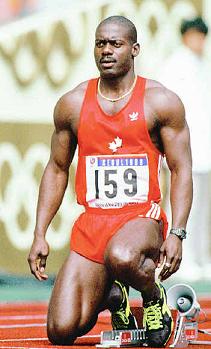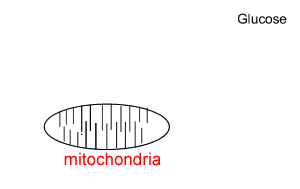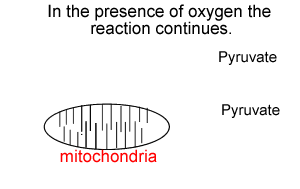Sports Science
Energy on demand
The energy
used for muscle contraction is always adenosine triphosphate
(ATP).
The body uses three main fuels, fats, carbohydrates and protein to provide the energy required for muscle contraction. However, it is important for athletes to understand how the body utilizes the three main fuels during aerobic exercise (steady running) and during heavy weight training.
A little fat is always found in the blood stream in the form of triglycerides. During sustained exercise fat is mobilized from the adipose tissues into the blood stream. This process takes about 20 minutes to proceed at maximum rate. Glycogen, on the other hand, is stored in the muscle and it must also be mobilized but takes about 10 - 20 seconds.
The body has
three main mechanisms for producing usable energy (ATP) for muscle
contraction and all other biochemical reactions taking place in the
body:
- The Phosphagen system (also known as immediate energy system)
- The Glycolytic energy system (also known as nonoxidative or anaerobic
system)
- Mitochondrial respiration (also known as the oxidative or aerobic
system).
Regardless of which system is used the product is always ATP.
The energy system
and the type of food that is predominantly used as a fuel depends on
the type of exercise the intensity and duration with which it is carried
out. It is important to note that not one system acts on its own.
The phosphagen system is active for up to 10-15 seconds during all out exercise such as, lifting a heavy weight or a 100m sprint. It firstly uses the limited reserves of ATP inside the cell. Energy to move muscle protein is provided when adenosine triphosphate (ATP) is converted to adenosine diphosphate (ADP). ADP is quickly converted back to ATP by a chemical called creatine phosphate. Below is a diagram of the chemical reaction.

The muscle cell has limited reserves of creatine phosphate and after 10-15 seconds must resort to another energy system in order to sustain the intensity of the exercise. The phosphagen system is replenished after a few minutes.


The glycolytic energy system, commonly known as anaerobic respiration, can produce energy in the absence of oxygen. That doesn't mean that it only works in the absence of oxygen. Glycolysis actually occurs whether oxygen is present or not. glucose is broken down to form pyruvate and ATP. In the absence of oxygen however, as occurs during high intensity exercise, the pyruvate is then converted into lactic acid.
The lactic acid moves out of the muscle cells and into the blood. It travels to the liver where it is converted to glucose ready to use in mitochondrial respiration in the presence of oxygen.

When oxygen is present however, breakdown of glucose continues further , in a process called aerobic respiration. This process starts when pyruvate, produced during glycolysis, enters the mitochondria and is oxidised into water and carbon dioxide to produce roughly sixteen times more ATP than produced in the anaerobic process.

Mitochondrial respiration (aerobic respiration) takes place in the mitochondria of cells. Muscle cells use this system when the exercise is long lasting and less intense. It is slower than both the phosphagen and anaerobic systems in producing ATP. However, more ATP is produced by aerobic respiration than anaerobic respiration. Aerobic respiration uses glucose as well as fat as its energy sources. As the duration of moderate exercise continues, beyond 2 hours, the proportion of fat used as compared to glucose increases.